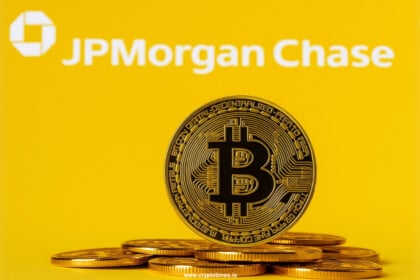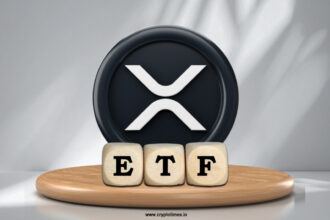Chainlink (LINK) is feeling the heat in the market today, with the price going down to $23.85 as the crypto market shows signs of weakness. The total market cap has dipped to $3.82 trillion, a 2.69% drop in just the last 24 hours, while trading volume has also taken a hit, decreasing by 4.36% to $179.68 billion.
Chainlink’s 24-hour trading volume hit $2.7 billion, which is an indication of investor engagement despite the pullback. According to Santiment, Chainlink achieved a seven-month high above $26 on August 18th, driven by strong on-chain activity. Nearly 9,813 wallets conducted transfers on August 17th, and 9,625 new wallets were created on August 18th.
Network Growth Spurs Token Interest
Chainlink has seen a boost in wallet activity and has also formed key institutional partnerships, which helped spark a 21% rally over the last month. Notably, once the LINK price reached $26, big players, or whales, transferred $6 million to exchanges, leading to a bit of profit-taking.
With the Relative Strength Index (RSI) of 14-day sitting at 71.4 and a Fibonacci retracement attempt failing at $24.03, the technical signals suggested that the market might be getting overheated.
As a result, this correction seems to be in line with the market trends, especially since Bitcoin’s 2.5% drop led to $500 million in altcoin liquidations, putting additional pressure on LINK’s price.
Tokenization Growth Fuels Long-Term Optimism
Chainlink’s tokenization in financial markets exhibits enormous potential, per Nicu’s post on X. As per the post, Citi tokenized private markets would rise 80 times by 2030. Synpulse and Standard Chartered predict that by 2034, demand for tokenized assets will reach $30.1 trillion.
Most big investors—97% surveyed by BNY Mellon and Celent—believe tokenization will change how assets are managed. Oracle services give Chainlink a better chance to benefit from this shift.
The recent dip in Chainlink price does not mean a waning interest in it. After a strong run, it is natural that a pause follows and some short-term profit-taking. Growing users, steady activity on the network, and rising institutional interest all signal growth in the long run.
Also Read: Tether Taps Bo Hines to Lead U.S. Strategy and Market Expansion











